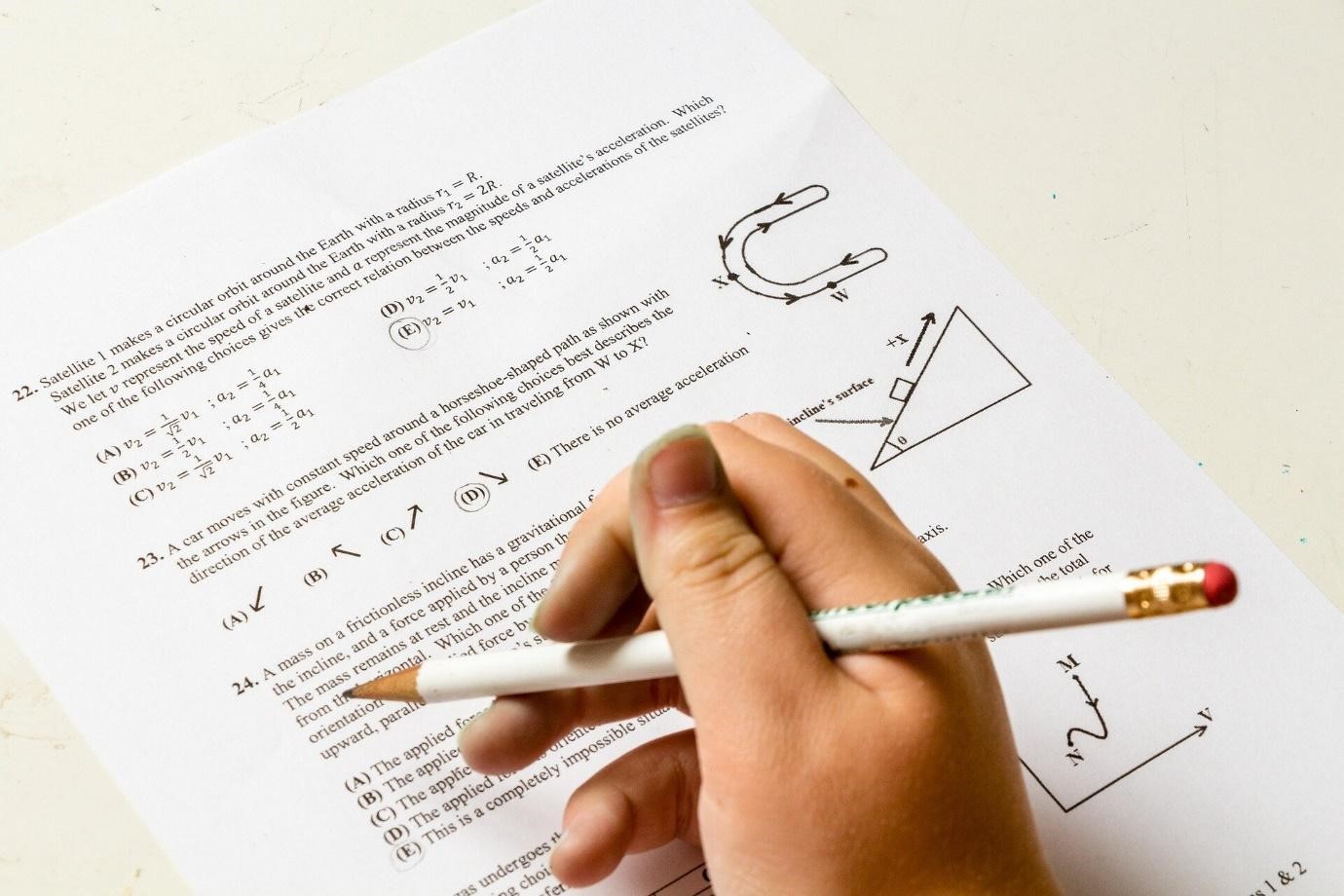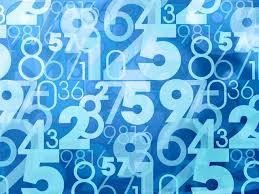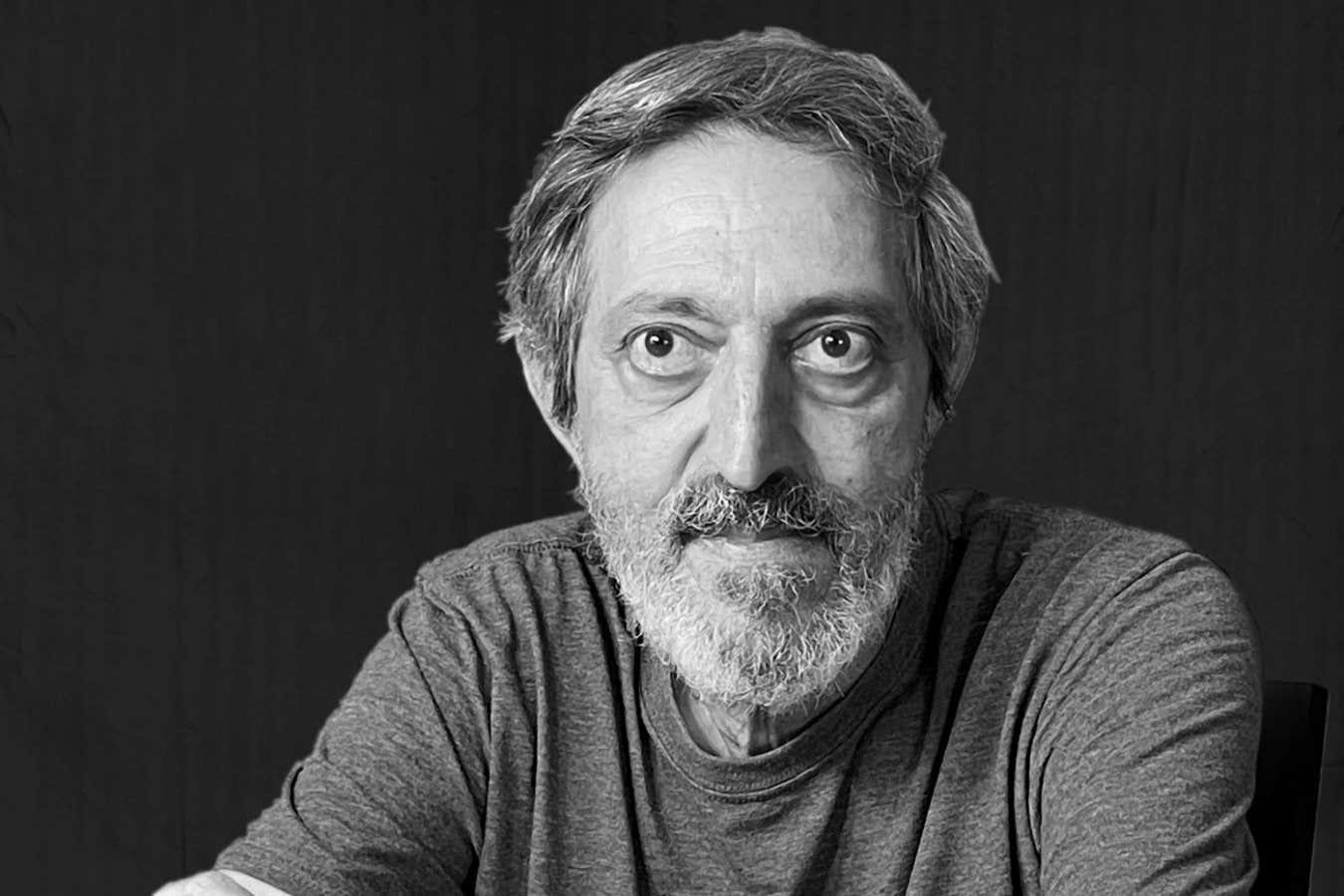There’s a strange trend in mathematics education in England. Maths is the most popular subject at A-level since overtaking English in 2014. It’s taken by around 85,000 and 90,000 students a year.
But many universities – particularly lower-tariff institutions, which accept students with lower A-level grades – are recruiting far fewer students for maths degrees. There’s been a 50% drop in numbers of maths students at the lowest tariff universities over the five years between 2017 and 2021. As a result, some universities are struggling to keep their mathematics departments open.
The total number of students studying maths has remained largely static over the last decade. Prestigious Russell Group universities which require top A-level grades have increased their numbers of maths students.
This trend in degree-level mathematics education is worrying. It restricts the accessibility of maths degrees, especially to students from poorer backgrounds who are most likely to study at universities close to where they live. It perpetuates the myth that only those people who are unusually gifted at mathematics should study it – and that high-level maths skills are not necessary for everyone else.
Research carried out in 2019 by King’s College London and Ipsos found that half of the working age population had the numeracy skills expected of a child at primary school. Just as worrying was that despite this, 43% of those polled said “they would not like to improve their numeracy skills”. Nearly a quarter (23%) stated that “they couldn’t see how it would benefit them”.
Mathematics has been fundamental in recent technological developments such as quantum computing, information security and artificial intelligence. A pipeline of more mathematics graduates from more diverse backgrounds will be essential if the UK is to remain a science and technology powerhouse into the future.
But maths is also vital to a huge range of careers, including in business and government. In March 2024, campaign group Protect Pure Maths held a summit to bring together experts from industry, academia and government to discuss concerns about poor maths skills and the continuing importance of high-quality mathematics education.
Prior to the summit, the London Mathematical Society commissioned a survey of over 500 businesses to gauge their concerns about the potential lack of future graduates with strong mathematical skills.
They found that 72% of businesses agree they would benefit from more maths graduates entering the workforce. And 75% would worry if UK universities shrunk or closed their maths departments.
A 2023 report on MPs’ staff found that skills in Stem subjects (science, technology, engineering and mathematics) were particularly hard to find among those who worked in Westminster. As many as 90% of those who had taken an undergraduate degree had studied humanities or social sciences. While these subject backgrounds are valuable, the lack of specialised maths skills is stark.
Limited options
The mathematics department at Oxford Brookes has closed and other universities have seen recruitment reductions or other cuts. The resulting maths deserts will remove the opportunity for students to gain a high-quality mathematics education in their local area. Universities should do their best to keep these departments open.
This might be possible if the way that degrees are set up changes. For many degree courses in countries such as the US and Australia, students are able to take a broad selection of subjects, from science and maths subjects through to the humanities. Each are taught in their respective academic departments. This allows students to gain advanced knowledge and see how each field feeds into others.
This is scarcely possible in the UK, where students must choose a specialist and narrow degree programme at age 18.
Another possible solution would be to put core mathematics modules in degree disciplines that rely so heavily on it – such as engineering, economics, chemistry, physics, biology and computer science – and have them taught by specialist mathematicians. This would help keep mathematics departments open, while also ensuring that general mathematical literacy improves in the UK.
The relevance of mathematics and its vast range of applications would be abundantly clear, better equipping every student with the necessary mathematical skills the workforce needs.
For more such insights, log into our website https://international-maths-challenge.com
Credit of the article given to Neil Saunders, The Conversation










